Feb 26, 2021
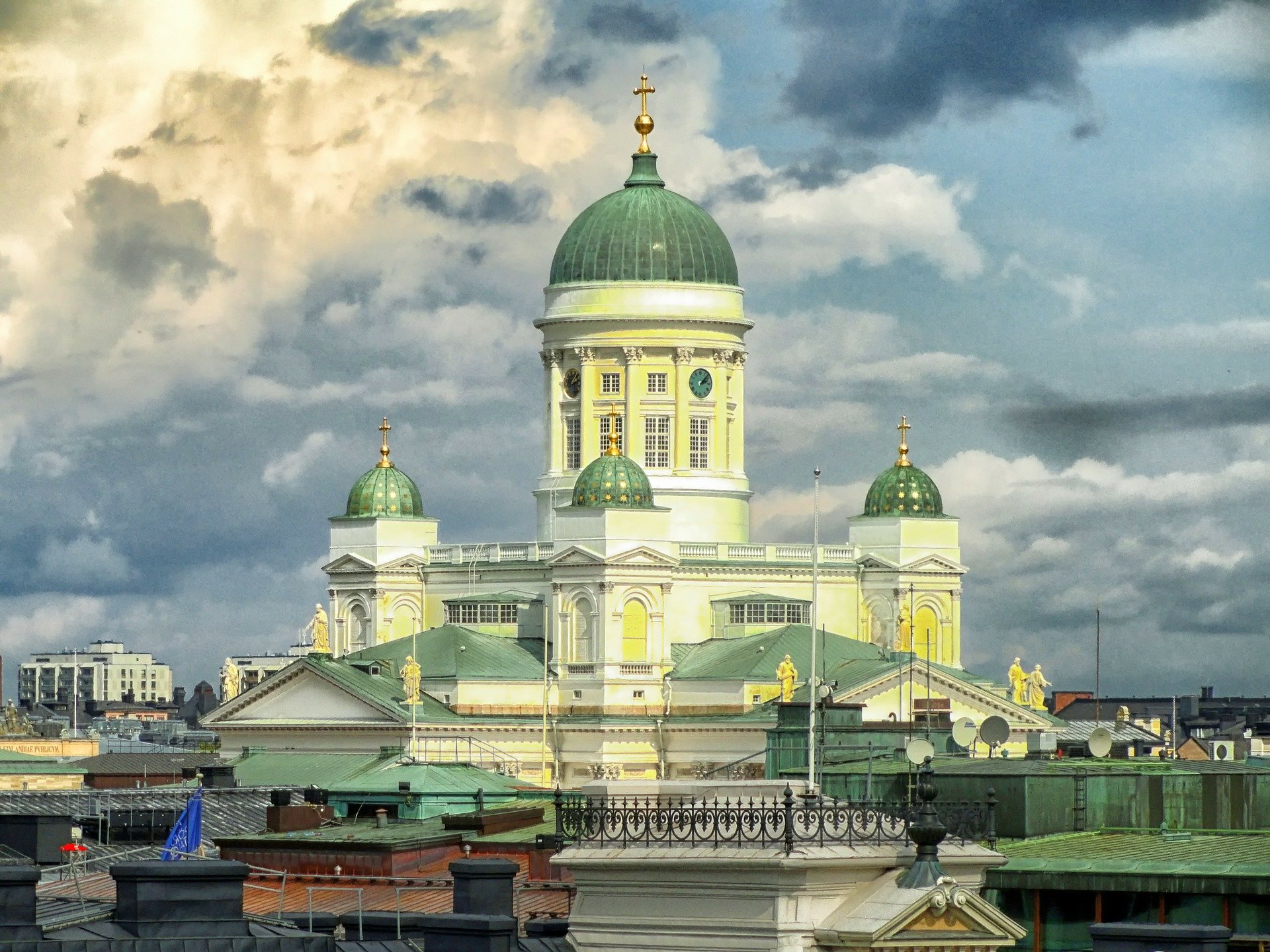
Helsinki was one of the nine European Capitals of Culture (ECoC) in the year 2000. The Finnish capital, located in the south of Finland, is the northernmost capital city in the European Union and has a population of over 600 000. Helsinki was founded by Sweden’s King Gustavus Vasa in 1550 and designated the capital of Finland in 1812 by the Russian Tsar Alexander I. The latter built the monumental city center in Empire style, with the cathedral as its major landmark. The most notable structure remaining from the Swedish reign is the maritime fortress of Suomenlinna, which was built in the 18th century on the islands of Helsinki and is today a UNESCO World Cultural Heritage Site. Finland has two official languages, Finnish and Swedish, with around 6% of Helsinki’s population speaking Swedish as their mother tongue. Important values for Helsinki’s residents include closeness to nature and care for the environment.
In the past Helsinki has invested in creative infrastructure, including children’s art education and providing possibilities for experimental groups of artists. The city is also known for a vibrant theater life with many professional and amateur theaters. Moreover, the Finnish classical music scene is highly rated, as the country that produced Jean Sibelius is known for an exceptional amount of internationally renowned conductors as well as famous contemporary composers, singers and pianists. Helsinki also hosts over 60 museums, many of which are art museums.
Helsinki’s ECoC programme included around 500 events and the main theme of the ECoC was Knowledge, Technology and the Future. One of the most popular events was a modern sports opera performed at the Olympic Stadium. The Töölönlahti Bay Art Gardens, which combined horticulture, art and gastronomy in a former waste-land area in the heart of the city was a very successful summer event. Another event that was hugely popular among both Finnish and foreign participants was the Sauna of the Month project, which presented the diversity of Finnish sauna culture. In addition to its own projects, Helsinki was involved with the eight other ECoCs for the year 2000. The title holders had 12 joint projects and the cities could choose how they wanted to participate in them. Furthermore, Helsinki, Reykjavík and Bergen formed a trio belonging to the “New North of Europe”, which meant that they had much tighter collaboration between them and over 50 joint projects. By the end of the title year the events had attracted a total of 5,2 million visitors. A survey for the Helsinki locals revealed that 83% of respondents were very or quite satisfied with the ECoC events they had attended. This statistic is quite impressive, and indeed also the EU commission has evaluated the Helsinki 2000 ECoC to have been one of the most successful ECoCs ever arranged.
Cultural leader Pekka Timonen says you can still see the effects of the programme in Helsinki. There are now a lot more festivals in the city and the cultural audience has grown significantly since the title year. In fact, Timonen says that, according to research, the number of people who are interested in culture grew by 24% due to the ECoC. Timonen emphasizes the importance of the financial impact of the cultural sector for Helsinki. As more people are participating in cultural events, this brings more income to cultural institutions in the form of ticket sales, for example. Also, Timonen claims that the ECoC has permanently increased tourism in Helsinki, which obviously brings more money to the area. The ECoC also broke the national record in sponsor incomes as it received around 6 million euros from different companies. Furthermore, Timonen says the ECoC programme was very significant for the local cultural sector also because it helped create new international connections as well as strengthening the cultural operators’ belief in their own skills.
References
European Cities of Culture for the Year 2000: A wealth of urban cultures for celebrating the turn of the century
YLE: Helsinki muistelee omaa kulttuurivuottaan hyvällä
Kaleva: Kulttuuri luo toimeentuloa ja mainetta
Image: David Mark, pixabay.com
Feb 19, 2021
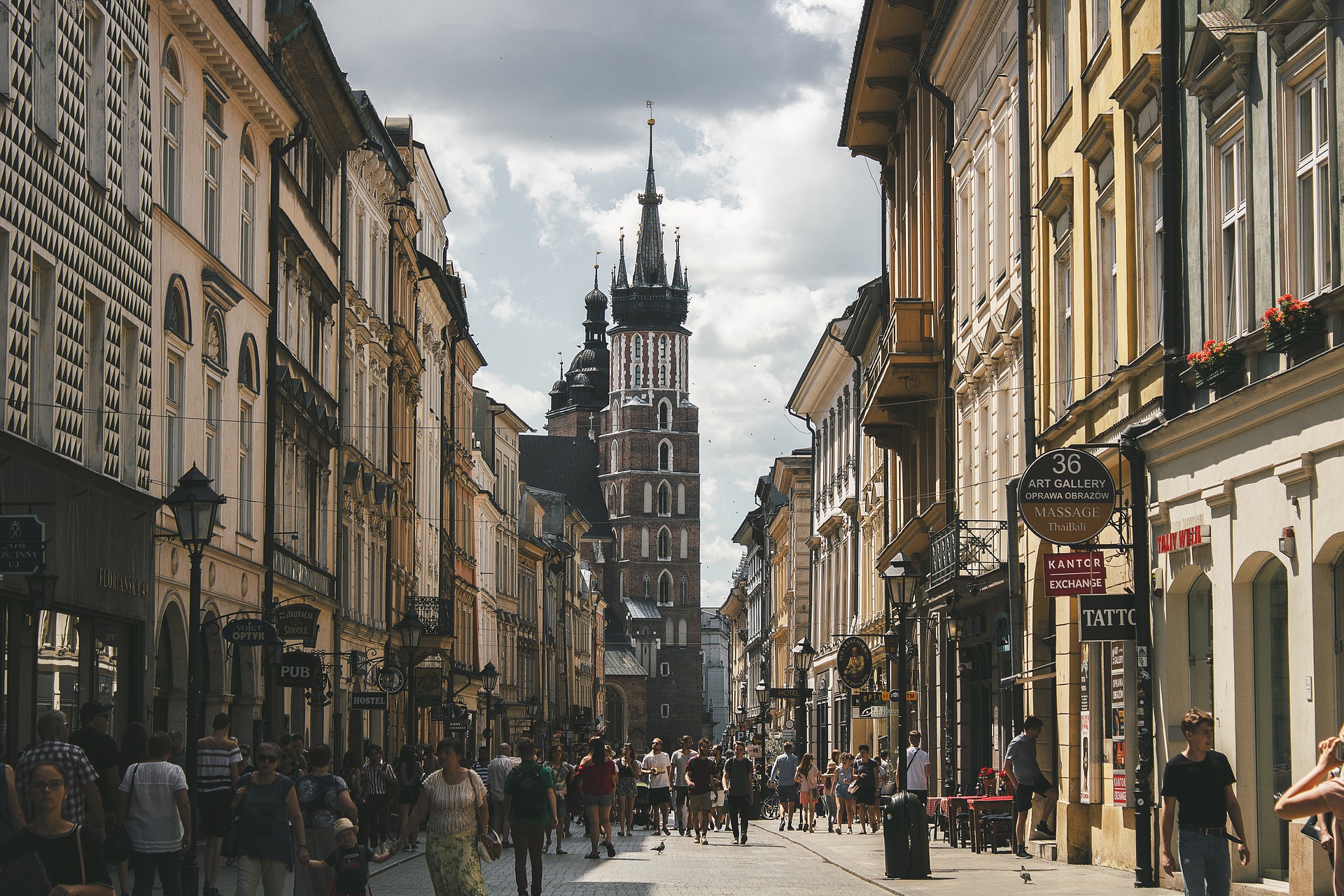
Krakow was one of the nine European Capitals of Culture (ECoC) in the year 2000. The city, located in southern Poland, has a population of roughly 800 000 inhabitants, making it the third largest city in the country. During the 10th century Krakow became an important commercial center, and during the 11th century it became the capital city of Poland, holding on to that title until 1609. Since being destroyed by Tatar invasions and then being rebuilt the city has not experienced dramatic changes. The Main Market Square has been Krakow’s heart for over 800 years, and it became a UNESCO World Heritage Site in 1978.
Krakow is known as the only city in the world where two Nobel winning writers have lived on a permanent basis. However, it is its dramatic art that the city is most known for. Nowadays Krakow is a very popular tourist destination because of its architecture, vibrant cultural life and numerous festivals. Indeed, in addition to the programmes of local cultural institutions, the city hosts around 50 international and national festivals per year.
Krakow was an exceptional ECoC in 2000 in the sense that it used its position as ECoC to offer its citizens a Five Years Festival, which included events from the year 1996 until the end of the title year 2000. In 1996 the theme in Krakow was the Year of Film and Theatre, and the festival year included the 5th Festival of the Union of the Theatres of Europe. 1997 was the Year of Poetry and 1998 the Year of Music, while in 1999 the focus was in the preparations for the title year.
During the title year The Festival Office staged over 570 events, including the Rozstaje Festival, the Beethoven Festival and the Seven Traditions Festival, which celebrated important European cultural communities. Krakow managed to arrange an impressive selection of artistic events with a modest budget of €5,8 million from the EU and PLN26 million (around €5,8 million in today’s exchange rate) from the municipal budget. As a long-lasting effect of the ECoC, the boost in tourism numbers for Krakow, from both Poland and abroad, lasted for six years, through 2006.
References
European Cities of Culture for the Year 2000: A wealth of urban cultures for celebrating the turn of the century
Direction: cultural capital
Image: Dima Lysenko, pixabay.com
Feb 12, 2021
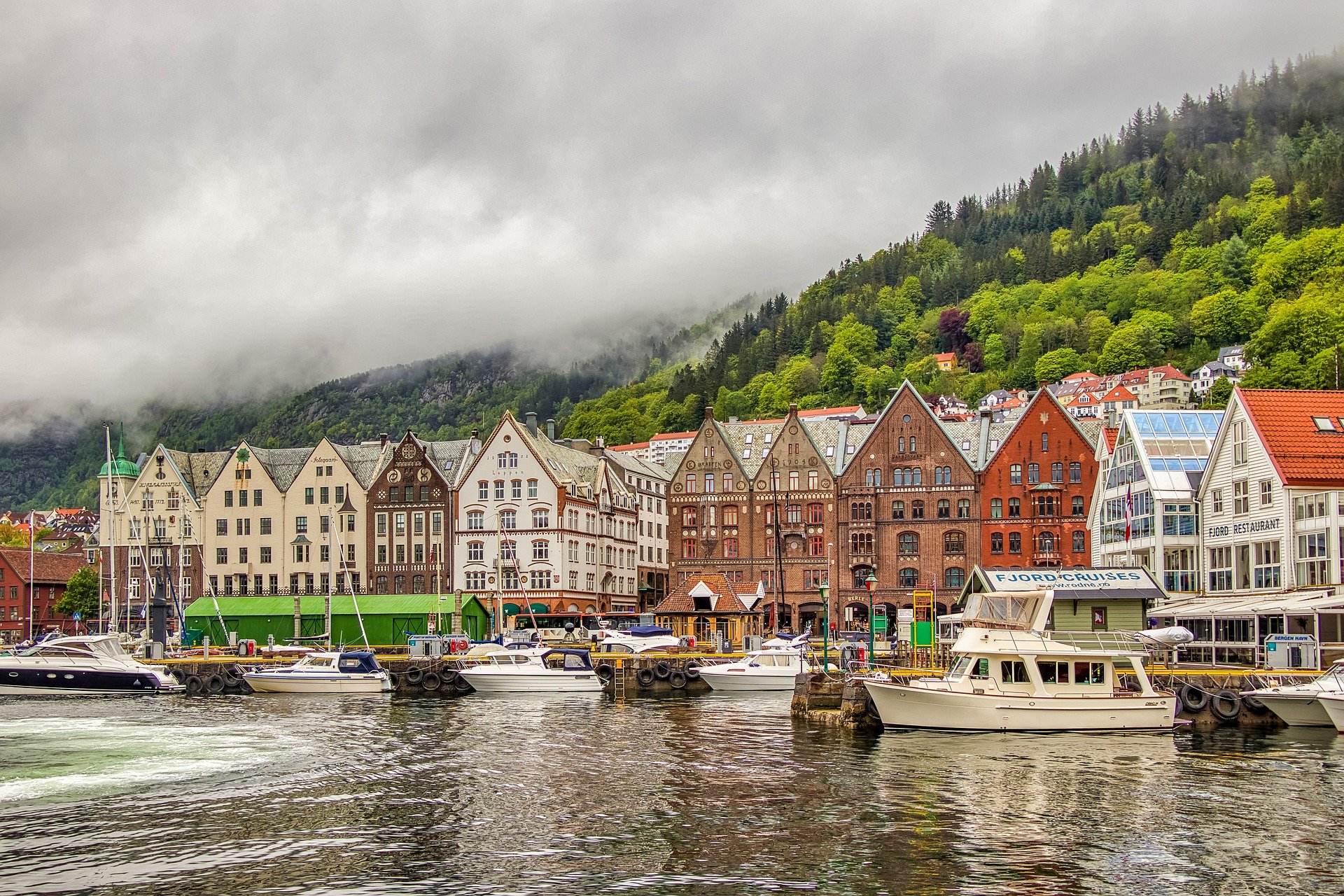
Bergen was one of the nine European Capitals of Culture (ECoC) in 2000. The city is located on the western coast of Norway and has a population of over 280 000, making it the country’s second most populous city behind the capital, Oslo. The city was founded around the year 1070 by King Olaf III. Bergen was the capital of Norway during the 13th century and was the country’s largest city until the 1800s. Bergen was also an important part of the Hanseatic League from 1350 to 1560 because of its harbour and its commercial significance. Indeed, “Bryggen” (the Dock) is a UNESCO World Heritage site. Nowadays the city’s main industries are fishing, oil, maritime industry, technology, administration and education.
Bergen has a diverse cultural life, with an abundance of both traditional and contemporary forms of culture. The city’s symphony orchestra, founded in 1765, is one of the oldest in the world. Furthermore, Bergen hosts over 30 museums and many theaters, such as the Bergen International Theatre. Additionally, Bergen has many festivals, most notably the Bergen international festival in May.
The Bergen 2000 culture programme consisted of more than 3000 projects, which included over 20 000 performances and events. In a Gallup poll over 60% of the population agreed that the year had been a success, with only 20% disagreeing. Low-income groups with children were most satisfied with the programme. Furthermore, over 40% of the population participated in cultural activities during the year 2000 more than during previous years. Also, a clear majority of the programme’s cultural and artistic partners felt that they achieved their cultural and artistic goals and were happy about the number of people participating in their events. Almost all major partners of the programme experienced a growth of 20%-50% in public attendance in the year 2000 compared to previous years. The year was successful also for Bergen’s tourist sector, as the amount of transport tickets sold and hotel rooms booked, for higher prices than before, increased. Finally, Bergen developed its profile on an international level as it received far more international press coverage than prior to the title year.
References
European Cities of Culture for the Year 2000: A wealth of urban cultures for celebrating the turn of the century
Image: nextvoyage, pixabay.com
Feb 5, 2021
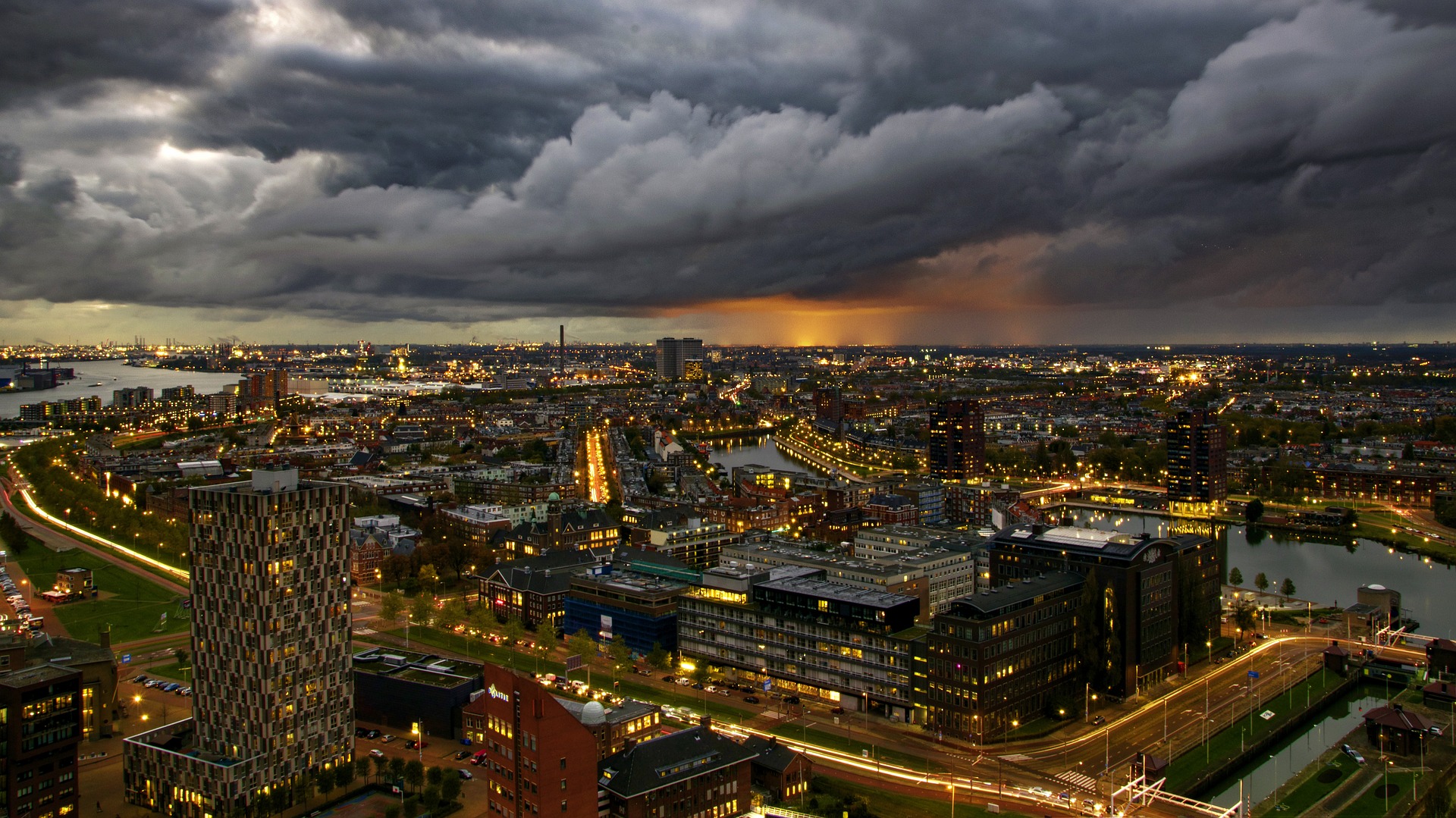
The Dutch city of Rotterdam, which has a population of around 600 000 and is located in the province of South Holland, was European Capital of Culture (ECoC) in 2001 together with Porto of Portugal. Rotterdam is the second most populous city in the Netherlands behind Amsterdam. Furthermore, the city is Europe’s largest port and a major industrial, trade and business center. Rotterdam underwent a long period of economic and cultural regeneration after WWII. The city’s regional economy experienced rapid post-war growth, but the overdependence on transport and traditional manufacturing in the 1960s led to economic decline. In the 1980s Rotterdam experienced notable growth in the business services sector and managed to attract the headquarters of several large international companies. In the 1990s the city developed their telecommunications, audio-visual services, design and media, which have greatly helped develop the arts and cultural sectors of Rotterdam. From a cultural point of view Rotterdam has always been in the shadow of their Dutch rival, Amsterdam. This competition with Amsterdam has motivated Rotterdam to improve their cultural sector so that they would be known as a cultural city in addition to their image as an industrial port city. The ECoC designation gave Rotterdam the perfect opportunity to continue on this path of development.
Rotterdam’s Cultural Capital event (R2001) included 524 project and attracted 2 250 000 visitors. According to survey data around half of the R2001 visitors came from Rotterdam and around 12% from the neighbouring region of Zuid. From the remainder, the majority came from elsewhere within the Netherlands and around 16% came from abroad. The proportion of foreign visitors exceeded the organizers’ expectations. The foreign visitors were attracted mainly by notable international events such as the Hieronymus Bosch art exhibition, which was attended by 220 000 visitors, of which 67% were from abroad. It has been estimated that the visitors to R2001 spent around 105 million euros during their stay in Rotterdam, while the budget for the ECoC was 24 million euros.
The ATLAS surveys are useful for evaluating the changes in the image of European cities over time. These surveys have been undertaken with visitors in different European countries during different years, and the respondents have been asked to rank different cities as cultural destinations. When comparing the 1999 and 2001 ATLAS surveys conducted outside Rotterdam, the proportion of visitors ranking Rotterdam as a top 5 cultural destination in Europe increased from 3% to 5%. This shows that the ECoC had a positive effect for the image of Rotterdam as a cultural destination. Moreover, tourism data reveals that the number of tourists in Rotterdam increased in 2002, which shows that the benefits of the ECoC continued after the title year.
References
The Impact of Cultural Events on City Image: Rotterdam, Cultural Capital of Europe 2001
Porto and Rotterdam As European Capitals of Culture: Toward the Festivalization of Urban Cultural Policy
Image: Sesana, pixabay.com
Jan 29, 2021

Bruges was a culturally rich city long before they became European Capital of Culture (ECoC) for 2002. Bruges was founded by Vikings in the 9th century and very soon it became a major international trading port. In the 12th century Bruges became a city and traders from around the world came there in growing numbers to sell their goods and to buy the world-famous Flemish cloth, which was manufactured in several cities, including nearby Ghent. In the 14th century Bruges became a warehouse for the North-European Hanseatic cities. Furthermore, countries like Italy, Germany and Spain had their own representation in the city. Indeed, Bruges had developed into a truly European center where numerous languages were spoken, and exotic products were available. In the 15th century Bruges’ economy declined as it failed to compete with the larger harbour of Antwerp, and also because the cloth industry declined. Art and architecture maintained their status in Bruges though, with the construction of impressive late-gothic buildings and churches and the Flemish painting school producing distinguished works. By the late 1500s Bruges had lost all great power, and by the mid-1800s it had become the poorest city in Belgium. However, the increase in tourism in the 20th century revitalized the city as its medieval heritage became a new source of income for the “Venice of the North”. Furthermore, the new harbour of Zeebrugge brought new industries and contributed to the development of the region.
The BRUGGE 2002 project team considered their ECoC a huge success. The programme included 156 projects and 1227 activities, with 1 590 629 people participating in these activities. Around 9% of Belgians participated in BRUGGE 2002. According to stakeholders the greatest and most lasting cultural impact of BRUGGE 2002 was achieved through the infrastructural projects, especially by repairing monuments and creating new buildings. According to a questionnaire 21% of residential tourists (~120 000 tourists) and 23% of day tourists (~700 000 tourists) travelled to Bruges at least partially because of BRUGGE 2002. These figures contributed to the additional occupancy of 10,3% in hotels in Bruges, and this during a year that other Belgian cities were talking about a crisis. Moreover, these tourists spent an additional ~42M€ during their stay in Bruges, an increase of 25%. The total budget for BRUGGE 2002 was ~27 000 000€, which means that every 1 euro invested into the project yielded a direct financial result of 1,5€. The City of Bruges invested 2,5M€ into the ECoC, which means that every 1 euro invested yielded a direct financial result of 16,5€. The BRUGGE 2002 project achieved a turnover of more than 27M€, of which ~16M€ in subsidies, ~6M€ in sponsor money and ~4M€ from the public (tickets, merchandising etc.). In other words, the culture of Bruges was directly financed and developed with around 25 million euros of non-Bruges funds.
References
Bruges’ History: A Brief History of Bruges
Concise: Impact study BRUGGE 2002 – summary and conclusions
Kuva: S. Hermann & F. Richter, pixabay.com
Jan 22, 2021
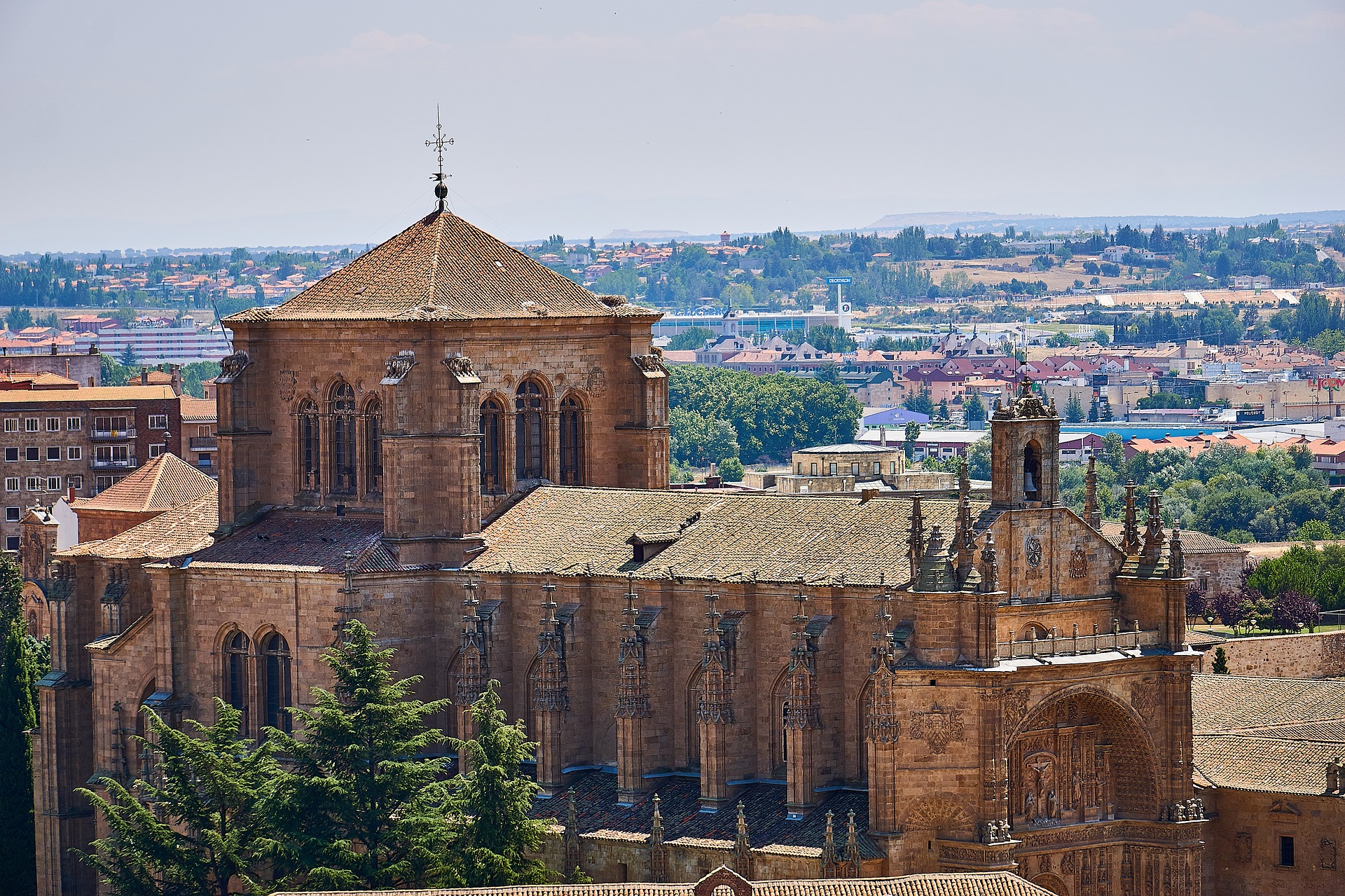
In 2002 Salamanca, located in western Spain, became the country’s third European Capital of Culture (ECoC), following Madrid (1992) and Santiago de Compostela (2000). Salamanca is known for hosting Spain’s oldest university and for having a lot of students, over 40 000, which is around a quarter of the city’s entire population. The city is significant also in terms of the development of Spanish literature and architecture.
Salamanca’s culture programme for the title year included 1100 events, out of which 800 were free of charge. In total the culture programme attracted around two million visitors. According to estimations, the number of overnight visitors in Salamanca increased by around 22% from 2001, from 677 000 to 823 700. The overall economic impact of the Salamanca ECoC has been estimated to have been 701,5 million euros, most of which was derived through the production and consumption of cultural activities. The estimated economic impact for the Castile and León region was 541,7M€, for the rest of Spain 108,2M€ and 51,5M€ abroad.
It has been estimated that the greatest long-term effects of Salamanca’s ECoC programme were the improvements to their cultural infrastructure. The city began renovating their cultural infrastructure when they became interested in applying for the ECoC. This project included renovating streets, houses and monuments as well as the pedestrianization of the city center. The most notable infrastructure projects included renovation of the Teatro Liceo theater, building the Center for the Performing Arts and Music, building the Multiusos “Sánchez Paraíso” (a large auditorium for concerts and sports), building the Centro de Arte de Salamanca (contemporary art museum) and the conversion of a part of a former monastery into an exhibition space (Sala de exposiciones Santo Domingo). The total investment into these five major projects was around 47 million euros.
In addition to the improved cultural infrastructure the ECoC has led to other long-term effects for Salamanca as well, including the creation of new cultural organizations that have remained in existence post-ECoC; the increase in visitors from within Spain as well as from abroad; the growth of the local audience for culture; the creation of new projects, events and festivals; long-term cultural development for the city and the region; continuing development of the talent and careers of local artists; enhanced pride and self-confidence in the city and region; increase in the international profile of the city and the region and new networks and collaboration in the cultural sector.
References
European Cities and Capitals of Culture – City Reports: Study Prepared for the European Commission, PART II
Salamanca, Capital of Culture 2002, generated an economic impact of €701.5m
The Economic Impact of Cultural Events: A Case-Study of Salamanca 2002, European Capital of Culture
European Capitals of Culture and Life Satisfaction
Image: NakNakNak, pixabay.com






